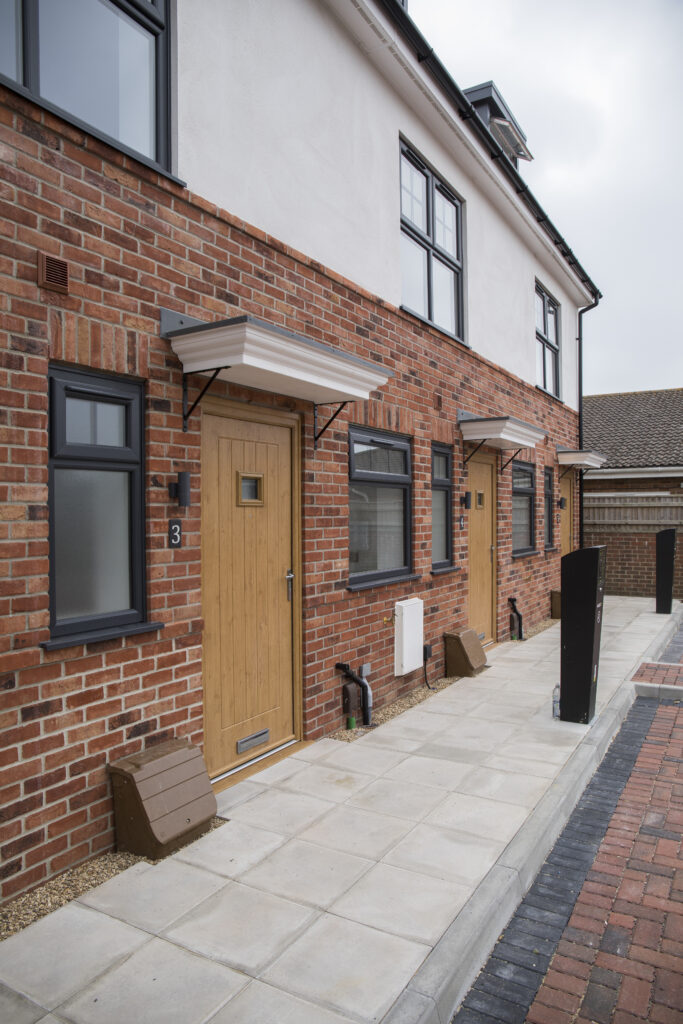Will MMC Deliver?

A number of recent high-profile business failures has tarred the reputation of modular building. So what next for innovation in housebuilding?
The UK needs more new homes: it has the most expensive, oldest and least energy efficient housing stock in Europe. The New Government has pledged to build 1.5 million new homes over this parliament, speeded by promised reforms to ease planning problems and free up more land.
Arguably more difficult to address is the shortage of skilled workers and the challenges of an aging workforce. Innovation is desperately needed, and Modern Methods of Construction (MMC) will be essential.
The use of prefabricated components and offsite manufacturing means that MMC can help new homes to be built faster, with better quality and at a lower cost than traditional construction methods. There are seven MMC categories covering a variety of construction techniques including: Volumetric (Category 1); Panellised (Category 2); Additive manufacturing (Category 4); all the way down to site productivity improvements (Category 7).
Volumetric is the MMC method that has received most publicity (and considerable government funding), presumably because of the alluring vision it presents of clinical factories with tight quality control and a highly trained in-house workforce mass-producing homes using a series of three-dimensional room-sized components, which are simply bolted together on site. A sharp contrast to the current reality of muddy, weather-dependent sites often staffed using subcontracted labour.
Volumetric solutions are problematic
While this volumetric vision has been realised, to a limited extent, in some specialist sectors such as build-to-rent housing and student accommodation, for most housebuilders the volumetric model does not work.
In part this is because of the high upfront costs of volumetric factories. Just as significant is that this method of production requires consistent and predictable orders. In the UK’s speculative housing market, characterised by volatility, demand is rarely consistent. Volume housebuilders maintain margins by building at a pace that aligns with the rate of sale; stockpiling completed house units in order to keep a factory running at times of reduced demand is simply not an option.
Practical MMC solutions
While there are clearly issues with volumetric, that does not mean giving up on all types of MMC. The Built Environment Committee noted in its November 2023 Inquiry Modern methods of construction – what’s gone wrong? that considerable success had been achieved with Category 2 MMC solutions – recognising that innovative prefabricated components can provide improved speed and quality of delivery. Equally importantly, they provide scaleable offsite solutions that work just as efficiently for the regional housebuilder delivering five units as for the major housebuilders delivering several hundred units.
Roofspace Solutions i-House system, for example, uses H+H’s aircrete storey-high panels combined with prefabricated timber floors and topped with an i-Roof to combine the speed and quality of off-site construction and more efficient ways of building with the familiar and trusted characteristics of masonry build. The system enables the entire watertight structure of a house to be completed on site within just one week.
A panellised solution helps provide design flexibility because housebuilders and architects can adapt the panel size and configuration to create housing units that respond to the specific requirements of each project.
Government incentives
Government is keen for the housebuilding industry to embrace MMC. The Affordable Homes Programme (AHP) makes funding available to housing associations to incentivise the use of MMC through two routes – strategic partnerships and continuous market engagement.
Strategic partnerships are long-term deals, under which partners must build at least 1,500 homes and deliver 25 per cent of those homes using MMC. The continuous market engagement route provides grants on a project-by-project basis and Homes England has said there is a ‘soft mandate’ for 10 per cent of the homes to be made of MMC.
The Government has also provided funding to local authorities to use MMC in some housing projects on brownfield land through the Local Authority Accelerated Construction programme.
MMC driving housebuilding acceleration
Despite recent bad press surrounding the costly failure of volumetric businesses, MMC will be the driver that enables the acceleration of new building. The critical factor is to recognise that “Modern” does not necessarily equate to pre-assembled; “Method” does not necessarily mean factory-assembled and that Panellised systems, as MMC Category 2 techniques are also eligible for MMC-linked government funding.


